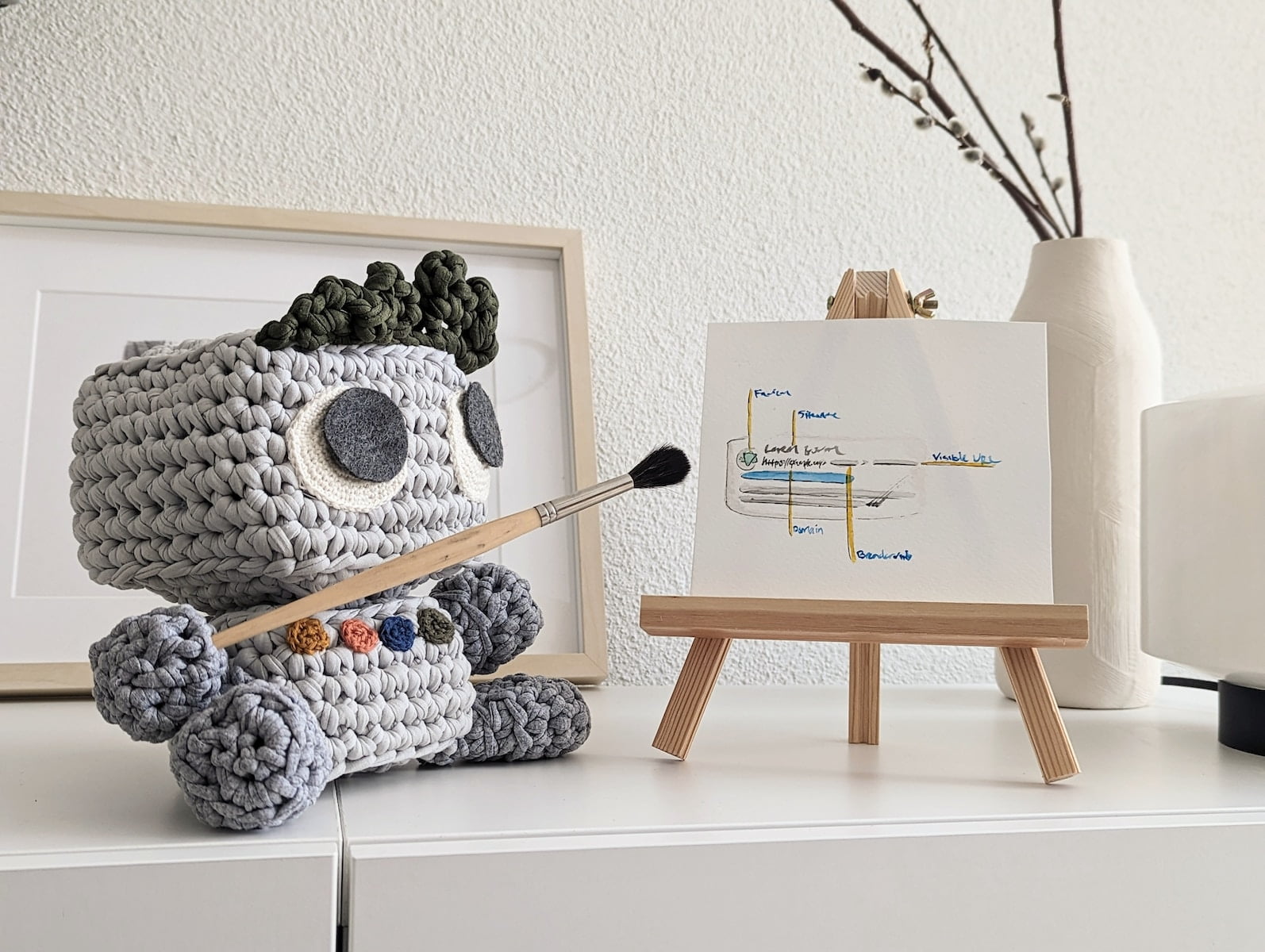The Importance of Favicons in Enhancing Website Branding and User Experience
2023-12-02 | by reerr.com

A Favicon, or ‘favorite icon’, serves as a website’s graphic identifier, used in the browser’s address bar, bookmark list, and tabs. It’s a visual element representing the brand, like a website’s logo or symbol, aiding users in easily recognizing and remembering the brand. Favicons play a crucial role in enhancing a website’s professionalism and reliability, as well as improving user experience.
When users visit a website, they often have multiple tabs open in their browser. With a Favicon, it becomes easier for users to locate the desired website among the cluttered tabs. The Favicon acts as a visual cue, allowing users to quickly identify and switch to the desired website. This not only saves time but also improves the overall user experience.
Furthermore, Favicons help in establishing brand identity and recognition. A well-designed Favicon that aligns with the website’s branding elements, such as colors, fonts, and symbols, creates a cohesive visual experience for users. When users see the Favicon across various platforms, such as the browser’s address bar, bookmark list, and tabs, it reinforces brand recall and strengthens brand association. This helps in building trust and credibility among users.
In addition to branding, Favicons also contribute to the overall professionalism of a website. A website without a Favicon may appear incomplete or unprofessional to users. On the other hand, a website with a well-designed Favicon gives the impression that the website is well-maintained and attention has been given to even the smallest details. This attention to detail enhances the overall user experience and instills confidence in users that the website is reliable and trustworthy.
Favicons also play a role in improving website accessibility. Users with visual impairments or cognitive disabilities may rely on assistive technologies, such as screen readers, to navigate websites. A Favicon can be read aloud by screen readers, providing additional context and information about the website. This can help users with disabilities in identifying and differentiating between multiple websites, making their browsing experience more efficient and inclusive.
When it comes to creating a Favicon, it is important to consider the appropriate dimensions and file format. Favicons are typically square in shape, with dimensions ranging from 16×16 pixels to 512×512 pixels. It is recommended to create multiple versions of the Favicon to ensure compatibility across different devices and platforms. The Favicon should also be saved in the appropriate file format, such as .ico or .png, to ensure optimal display and compatibility.
In conclusion, Favicons are an essential element of website design and branding. They not only enhance the professionalism and reliability of a website but also contribute to a positive user experience. By incorporating a well-designed Favicon that aligns with the website’s branding elements, website owners can establish a strong brand identity, improve website accessibility, and make their website stand out among the competition. So, don’t underestimate the power of a small graphic element like a Favicon – it can make a big difference in the success of your website.
RELATED POSTS
View all


